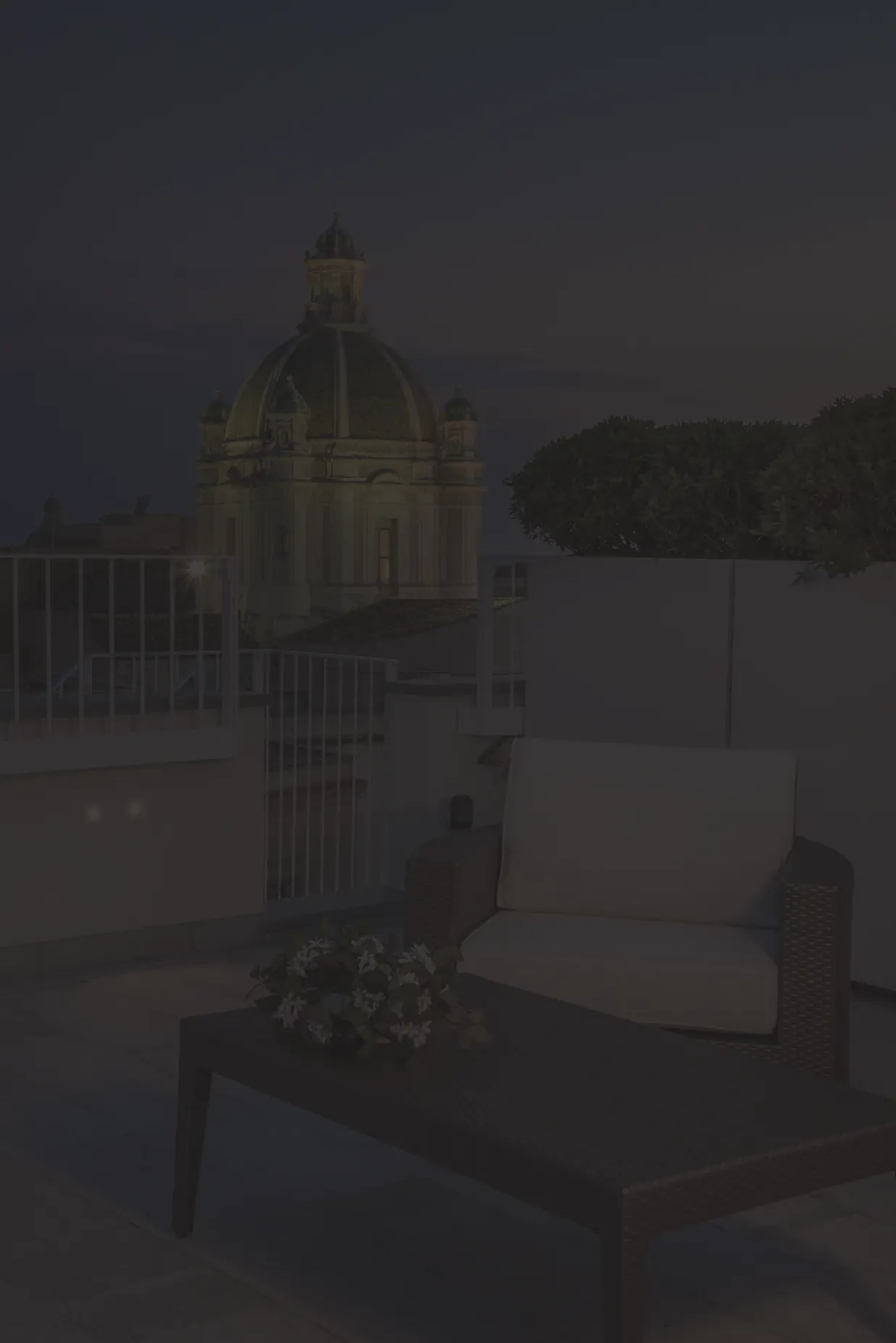The human settlements that have followed one another over time in our Trapani territory all have very ancient origins, dating back even to prehistoric times.
Later, the first great Mediterranean civilizations were immediately attracted by the happy strategic location of the place, succeeding each other over the centuries.
Time has been kind to this land, preserving for our memory archaeological areas of great artistic and cultural value.
According to the Greek historian Thucydides, ancient Segesta was founded by the Elymians, a community of Trojan refugees who settled there around the 6th century BC. The city then fell into the hands of the Greeks and Phoenicians, before allying itself with the Roman Empire, which paid it great respect, precisely because of its shared Iliac origins. In the archaeological area one can admire, in addition to the remains of the walls and agora, the Temple and the Greek Theater.
The first one, beautifully preserved, is considered one of the greatest extant examples of Doric architecture; the second, despite the mutilations of time, does not fail to arouse the admiration of observers and the interest of scholars.
Selinunte's life was very short. Built by the Greeks, it was involved in bitter rivalry with Segesta before the Romans destroyed it around 250 B.C., after only two hundred years of history, but the remains of the city are still a very impressive presence. The archaeological park of Selinunte is in fact, at 1700 sq. m., the largest in Europe.
The site is divided into three areas: the Acropolis, dedicated to the worship of deities, The Sanctuary of Demeter Malophoros, whose worship was widespread at the time, and the eastern hillside area, dotted with magnificent temples and shrines.
Mozia is a small, circular island located in the center of a lagoon in the Stagnone Reserve of Marsala. The city was characterized by a long Phoenician domination, whose origins lie around the 8th century B.C., and was abandoned by the small community of settlers at the time of the Roman conquest.
At the beginning of the last century, the archaeologist Joseph Whitaker bought the island and began the excavation works, which over the decades have brought to light the remains of the Punic city, with its settlements, places of worship, the necropolis.
The formidable historical value of the site reverberates in the Whitaker Museum, which collects the most precious finds discovered by the English scholar, and offers them to the wonder of contemporary man.


